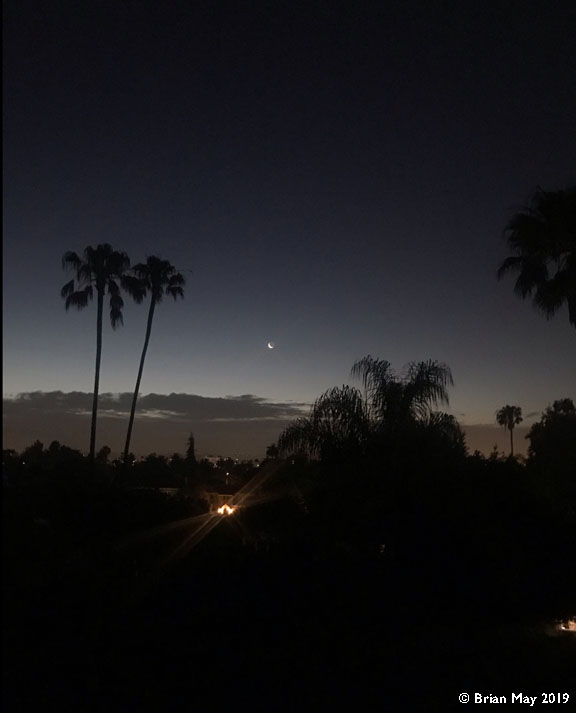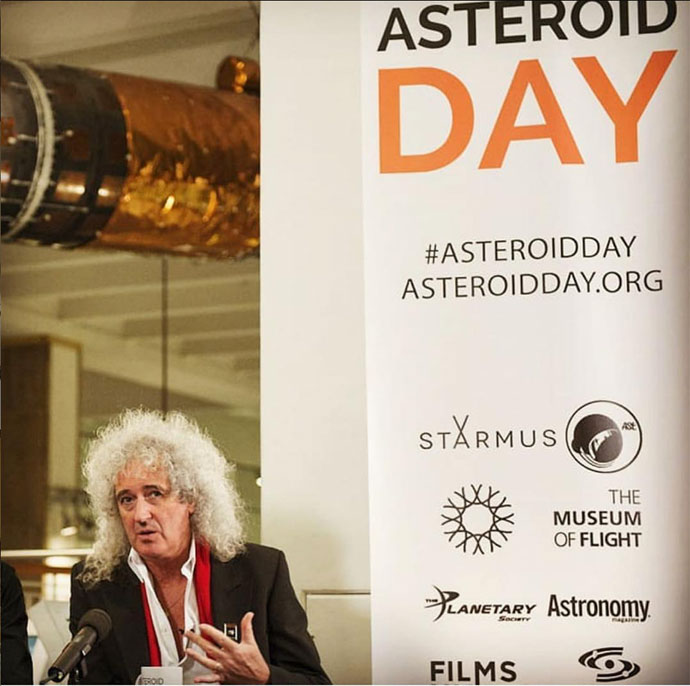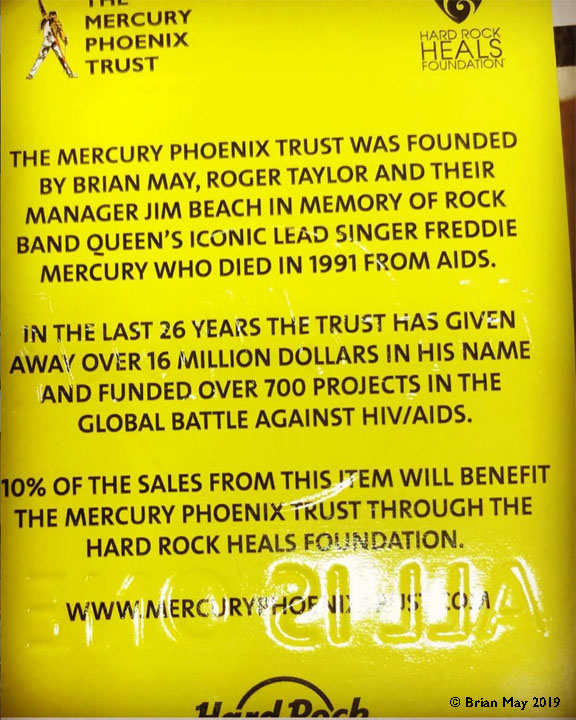I love what the time change going West does to me. Jet-lag wakes me up at 5 am and I can marvel at my luck in seeing one more dawn and sunrise in a place I love. It’s curious, but it seems a big part of my heart and soul lives permanently in Los Angeles. Happy grateful and blessed to be able to live this moment.


Good morning Pals. Have a great day. If one of those uncharted asteroids hits Earth tomorrow, it could be our last. So we’d better enjoy today !!!

 This is Asteroid day !!! Flashback to 2014 when I confounded the campaign with Grig Richters and the Astronomer Royal at the London Science Museum. Asteroid Day is still vitally important. The endeavours it inspires may save us all some day. Spread the word !
This is Asteroid day !!! Flashback to 2014 when I confounded the campaign with Grig Richters and the Astronomer Royal at the London Science Museum. Asteroid Day is still vitally important. The endeavours it inspires may save us all some day. Spread the word !


ESA Official ! HERA Mission.
Brian May’s Message – Asteroid Day 2019
– https://youtu.be/M4xk6e_VptQ
TRANSCRIPT (E&OE)
“Hera is going to show us things no one’s ever seen before. This ESA mission will be humanity’s first ever spacecraft to visit a double asteroid, Didymus. This asteroid is typical of the thousands that pose an impact risk to our planet.
Imagine a mountain in the sky with another rock about the size of the Great Pyramid swinging around it. That’s Didymus, and just the seemingly tiny moon would be big enough to destroy a city if it were to collide with the Earth, but we’re going to find out if it’s possible to deflect it. This is going to be really, really hard aiming at a 160 metre wide target across millions of kilometres of void.
Could we stop an asteroid hitting planet Earth? The dinosaurs couldn’t but we humans have the benefit of knowledge and science on our side.
Hera is led by a multi-national team of scientists and engineers – humanity’s makers and doers. Right now all we have is many years of research and theories but Hera will revolutionise our understanding of asteroids and how to protect ourselves from them first.
NASA will slam its dark spacecraft into the smaller asteroid at more than six kilometres a second. Then ESA comes in.
Hera will map the impact crater left by DART and measure the asteroid’s mass. Knowing this mass is key to determining what’s inside and knowing for certain whether we would be able to deflect it. Next come out briefcase sized CubeSATs.
If you think of Hera like an aeroplane, then CubeSATS will operate more like drones able to take more risks flying closer to the asteroid, carrying state-of-the-art science instruments eventually and touching down. The scale of this experiment is huge. One day these results could be crucial for saving our planet. Hera’s up-close observations after data impact will help prove whether asteroids can be deflected prove whether this is an effective planetary defence technique so that if an asteroid ever poses a real threat to earth we’ll be ready.”
Brian May
Bri
PLEASE OBSERVE COPYRIGHT
© brianmay.com